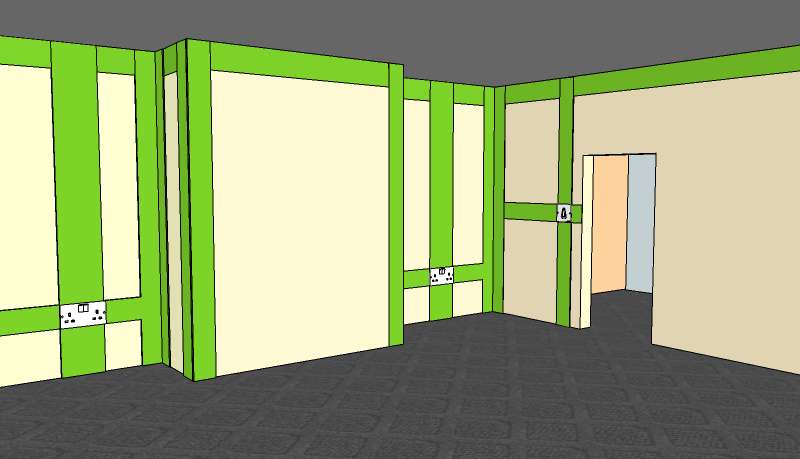I'd like to install a new socket in my kitchen on an outside wall. The nearest socket that I could run power from is on an adjacent wall and the path of least resistance (I think) is to drill through the wall and run the cable outside.
This would avoid having to channel through the plaster in the kitchen and then try to patch and paint over it.
Are there any issues to this approach? Would I be OK to use standard electrical cable and just secure it to the wall?
This would avoid having to channel through the plaster in the kitchen and then try to patch and paint over it.
Are there any issues to this approach? Would I be OK to use standard electrical cable and just secure it to the wall?


